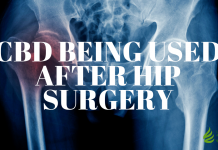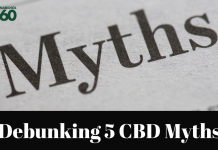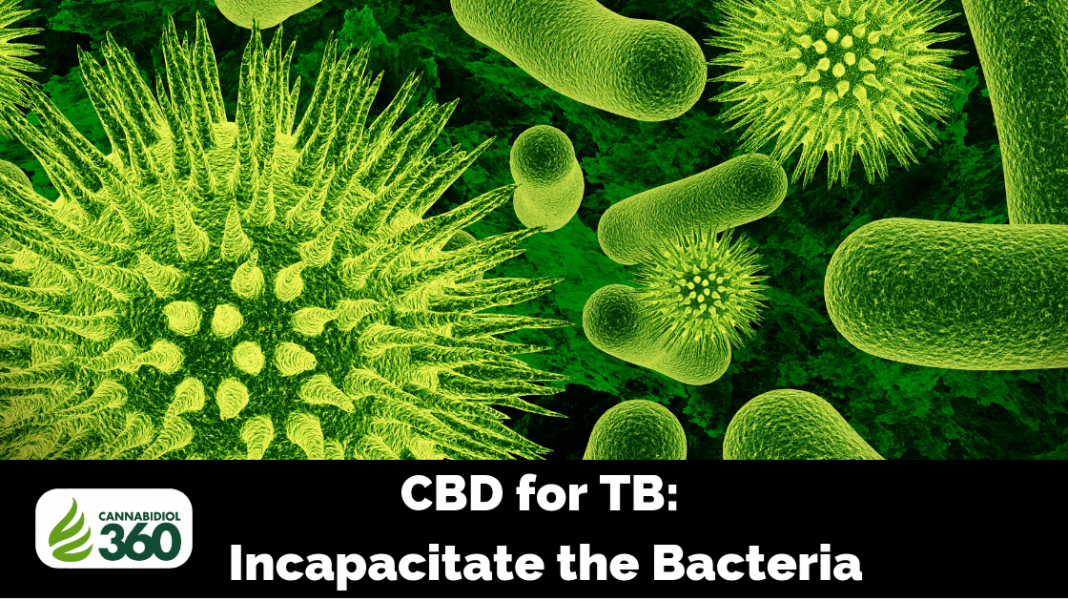
Tuberculosis is a microbial infection affecting the lungs. The mycobacteria requires and abundance of oxygen to survive and replicate, thus, the need to attach to the lungs. However, some types of TB do not affect the lungs. The bacteria can also affect other organs in the body.
This type is called extra-pulmonary TB. The bacteria could also seep into the blood where it will have free reign of the organ to attack. This kind is called military TB and it kills very quickly.
TB can be either latent or active. Latent TB means that the person is only affected by the bacteria and has not become ill yet. In this form, the person does not exhibit symptoms and the disease is not infectious yet.
However, the chance of moving on to become an active disease is as high as 15%. People with a compromised immune system, like HIV victims or children, have a higher chance of falling ill upon infection of the bacteria. It is estimated that 25% of the global population carries a latent form of TB.
Active TB comes with symptoms such as chest pain, coughing, and in most cases, bloody sputum. This is passed on through tiny droplets released into the air through the infected person’s mouth.
TB is a top 10 cause of death in the world. The mortality rate is over 60%. The rate has been on a decline of 2% lately though. A more resilient form of the illness called multi-drug resistant TB is still a major threat to the global health security.
This develops when antibiotic treatment is stopped or interrupted before the bacteria have been fully wiped out of the system. The remaining bacterium develops an almost impermeable membrane and becomes very resilient. Thus, makes it easier for it to replicate.
The mortality rate of this MDR-TB is at a whopping 80%. Research has shown that tobacco smoking is attributed to about 10% of the TB cases in the world. Cannabis has been used to relieve TB symptoms for centuries. Cannabis use is dated back to before there was a discernible distinction between the elements contained therein.
Adoption Over Centuries, Across Continents

Cannabis use for TB was first reported in India. There was a weird custom that required planting a cannabis plant at the burial site of a killed cobra. It was believed that this practice gave the plant superior medicinal benefits and was therefore fashioned for use in treatment and management of TB.
This took root when both Indian and Western doctors testified to the efficacy of cannabis in that respect. That use of cannabis for TB was known overseas accorded it more credibility and therefore, the practice spread further.
In South Africa, cannabis was used to manage symptoms of respiratory illnesses like asthma and tuberculosis.
In ancient Mexico, patients would smoke cannabis to relieve symptoms. In a more modern country, it is still used but as an alcohol extract rather than smoke. Traditional folk in Argentina have been known to use the plant to treat TB and other diseases.
Modern Arena
In 1950, research was conducted to look into the mechanism of cannabis for TB. It was found that the plant contained anti-microbial properties. The results were promising. Years later, in 1960 efforts to demonstrate that cannabis cam inhibit growth of bacteria even when very dilute were put into motion.
This research, unfortunately, stagnated in the late 1960s due to legal constraints. Momentum was regained in the 1990s and the results confirmed that indeed cannabis has anti-microbial tendencies. This worked to pave way for more in depth analysis of previous studies and more rigorous tests to look into mechanism of action.
In 2011, an Israel group of researchers decided to conduct a study on rats that were infected with the Tuberculosis mycobacterium. A treatment of cannabinoids was administered and it was found that the progression of the bacterium slowed down.
This was achieved through inhibit of T-Cell proliferation. It is suspected that CBD has bactericidal effects on the TB mycobacterium. This research paper was published in the British Journal of Pharmacology.
Immune Response
When the TB bacterium enters the body, the immune system reacts by Th1. This is a response designed to squash intracellular pathogens. That means that it attacks the mechanism by which TB elements replicate. The T becomes symptomatic if the Th1 response is inhibited by either a weakened immune system or other way.
In this case, the Th2 response is activated. This response is meant for extracellular pathogens. When forced to work on TB, the result is an accelerated progression.
CBD would work to modulate the immune system through the CB2 receptor. This way the correct immune response would be anchored and enhanced. Through this, CBD could possibly delay progression from a latent from of TB to an active illness.
Manage Symptoms
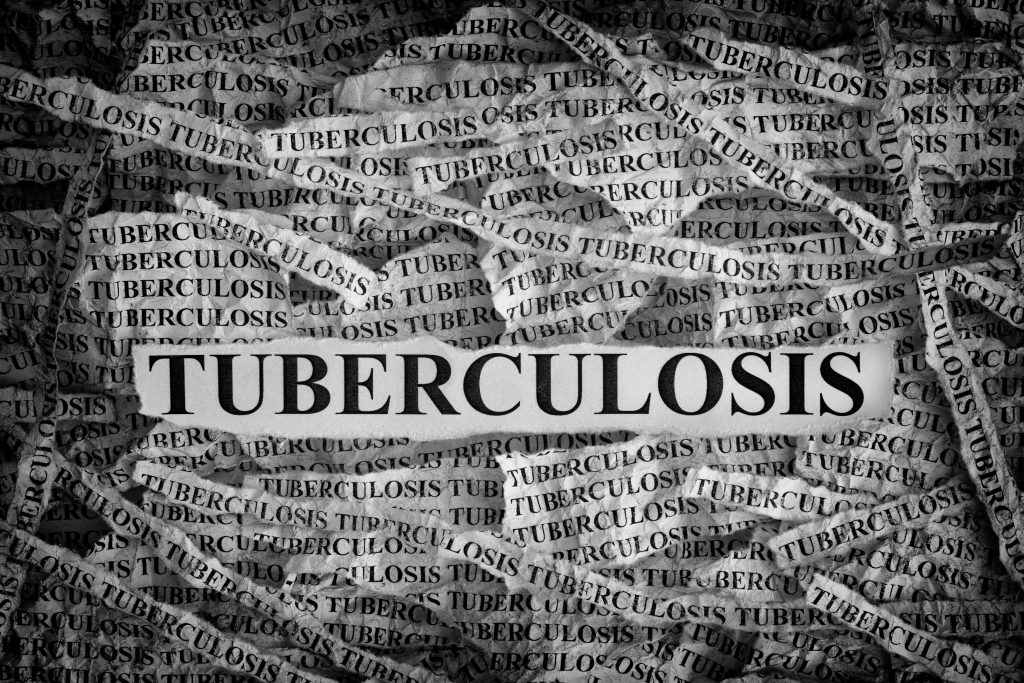
As the medication works to weaken the TB bacteria by keeping it from replicating, patients will need some relief from the symptoms. Weight loss is a major symptom of TB. In fact, that trait has earned the disease the nick name-consumption. This is because the patient would waste away quickly. This weight loss issue is a major contributor to a weak immune system.
CBD can help the body synthesize nutrients better so that more benefit is reaped from nutrition. Coughing is another symptom, the frequent coughing will cause an irritation in the throat, which will bring about painful dry coughs. CBD will sooth the throat and relax muscles so that the coughing subsides enough. This way, the possible breathing difficulties will be abated.
Manage Drug Side Effects
TB medications are more effective now than they were a few years ago. Medical advancements have ensured the formulation is near perfect. However, there are still some side effects that could make taking these medications more of a hardship. It has been reported that these medications may cause liver damage.
Studies have proven the efficacy of CBD against hepatic trauma. Nausea and vomiting are also major issues, as they will cause dehydration and lethargy, at best. CBD has anti-emetic properties, which have been proven both by studies into the side effects of cancer therapies. Cancer therapies are known to cause debilitating nausea and vomiting.
CBD Delivery
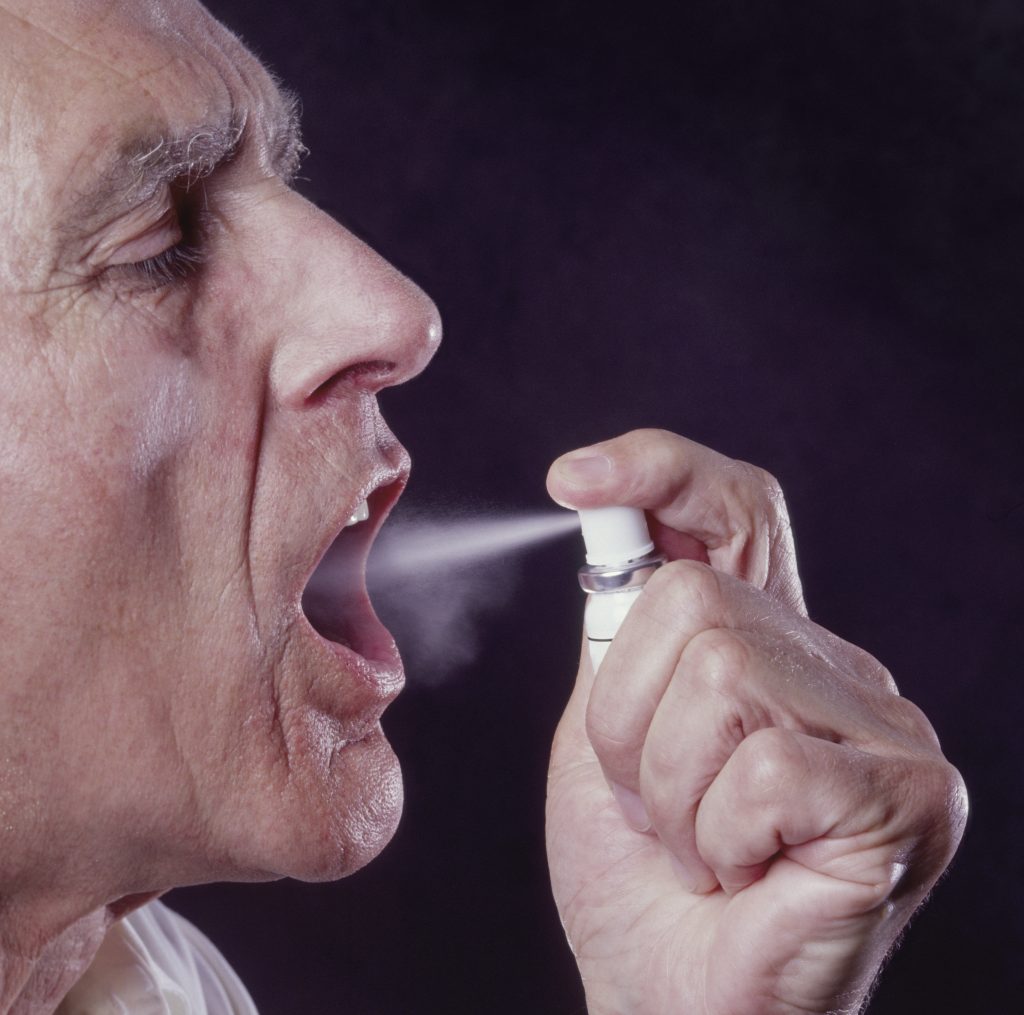
Oral consumption of CBD might not be a great idea due to the emesis. Sublingual and oral sprays make for great pathways. They send the CBD right to the desired areas without compromising bioavailability or having to bypass metabolism in the liver as is the case with edibles.
Vaping would also work well but this might prove problematic because TB patients tend to have labored breathing which will make vaping difficult. The best strains in this respect would be those with a high CBD content and a dash of THC. The THC would work to elevate mood, as TB can be a major bummer. However, ensure to discuss this with a licensed professional and your physician.
New Cannabinoid?
Another cannabinoid is being labeled a miracle element. Beta Caryophyllene binds to the CB2 receptor to inhibit inflammation. TB triggers and inflammatory response that proves harmful to the patient. Mice studies have demonstrated the mechanism and capacity of this new cannabinoid.



